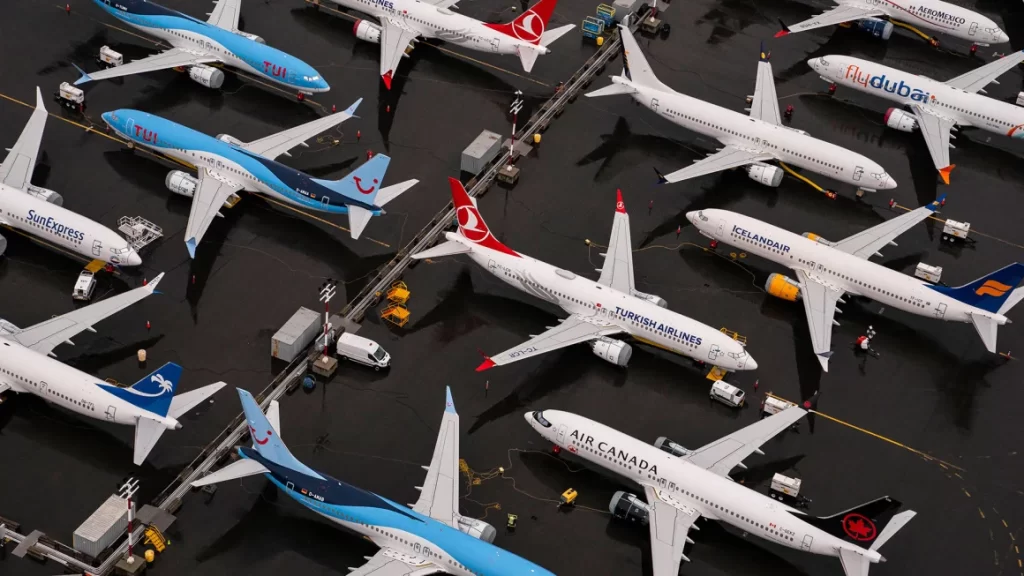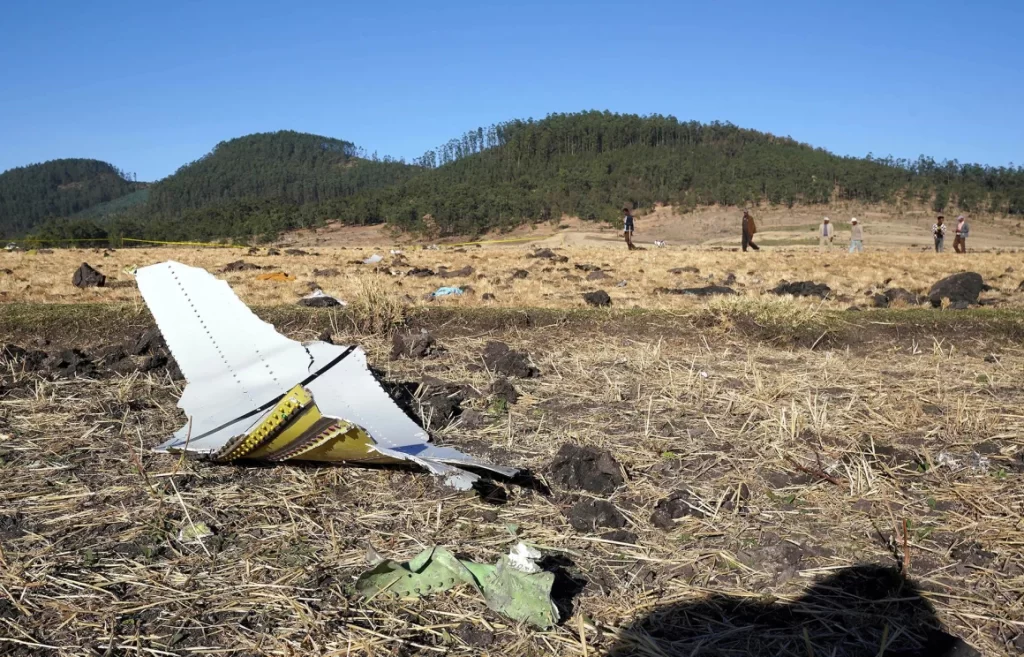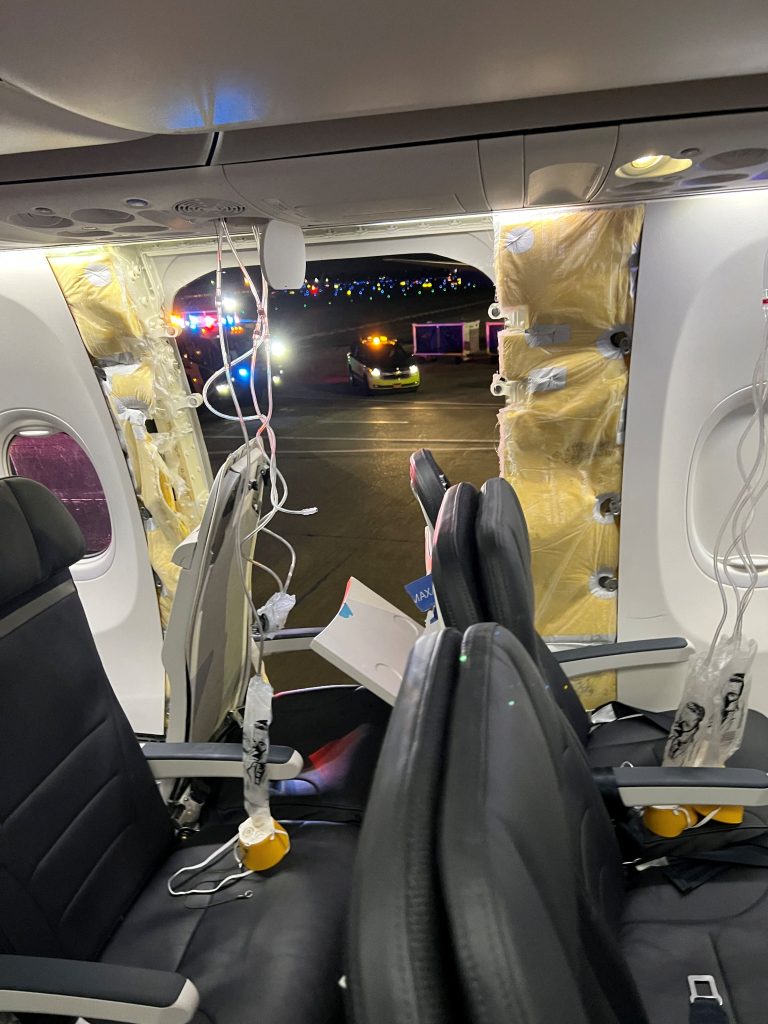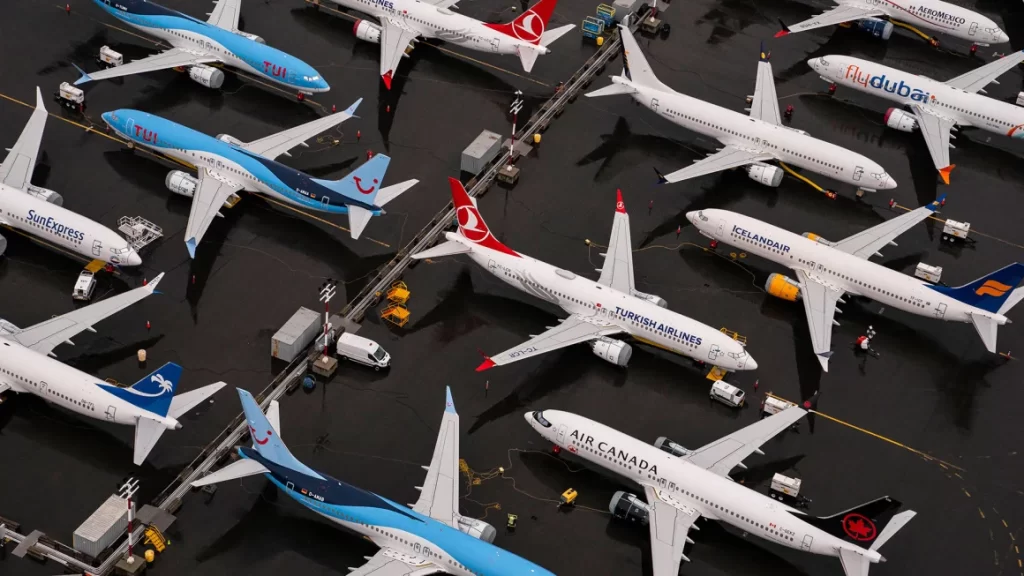News
Navigating Passenger Concerns: A Deep Dive into Boeing’s 737 Max Controversy
Air travel, a marvel of modern connectivity, has been thrust into the spotlight with the recurring controversies surrounding Boeing’s 737 Max. The model, initially celebrated for its fuel efficiency and advanced features, has faced intense scrutiny following two fatal crashes in 2018 and 2019. More recently, an incident involving an Alaska Airlines plane in January 2024 has reignited concerns, prompting passengers to reevaluate their confidence in the once highly-regarded aircraft. Let’s find out with nowglas.

Ed Pierson’s journey serves as a microcosm of the broader apprehensions passengers harbor regarding the 737 Max. As a seasoned aviation professional, Pierson’s decision to disembark from a flight after realizing it was a 737 Max exemplifies the unease felt by many travelers. This sentiment is rooted in the tragic history of the model, as malfunctions in its automated system, MCAS, led to the two crashes that claimed 346 lives.
Despite Boeing’s acknowledgment of liability and subsequent adjustments to the MCAS system, recent incidents, such as the Alaska Airlines fuselage blowout, have thrust the aircraft back into the spotlight. Passengers like Pierson, who actively seek to avoid the 737 Max, highlight the enduring challenges Boeing faces in rebuilding trust and confidence.
Boeing CEO David Calhoun’s commitment to cooperation and transparency with regulatory authorities, particularly the Federal Aviation Administration (FAA), underscores the gravity of the situation. In response, the FAA has imposed a 90-day deadline for Boeing to address quality and safety concerns, signaling a period of intensified scrutiny for the aircraft manufacturer.

Critics, however, accuse Boeing of prioritizing profits over safety, a claim vehemently denied by the company. The delicate balance between profit margins and passenger safety remains a focal point in the ongoing discourse surrounding the aviation giant.
Public perception of the 737 Max is pivotal, as demonstrated by surveys conducted to gauge passenger sentiment. A Reuters/Ipsos poll in December 2020, conducted after the 20-month grounding of the 737 Max, revealed a nuanced landscape. While 25% of respondents expressed “not a lot” or “no” confidence in the aircraft, 57% indicated reluctance to fly on the Max after being informed of safety issues.
The impact on flight booking patterns is also noteworthy. Kayak, a prominent flight booking site, reported a 15-fold increase in the use of its filter to exclude Max aircraft since January 2024. This surge in filter usage reflects a tangible shift in passenger behavior, with a growing number actively avoiding the 737 Max.
Individual passengers who opt to steer clear of the 737 Max come from diverse backgrounds, each with a unique perspective on the matter. Elayne Grimes, a UK-based communications consultant and self-declared avgeek, embodies the cautious sentiment prevalent among travelers. Grimes, concerned since the Lion Air crash in 2018, remains unconvinced of the resolution of issues with the aircraft, contributing to her decision to avoid it.
Belén Estacio, a marketing professional in Florida, succinctly captures the sentiment with the phrase, “If it’s Boeing, I ain’t going.” Her steadfast avoidance of the Max and preference for Airbus planes signifies a broader trend among passengers seeking alternatives to Boeing’s beleaguered aircraft.

The underlying narrative of Boeing’s broken safety culture, revealed through internal communications and a scathing House Committee report, adds depth to the skepticism surrounding the 737 Max. Rory Kennedy, director of the documentary “Downfall: The Case Against Boeing,” advocates for a comprehensive investigation into Boeing’s culture, decision-making processes, and board-level priorities.
While the FAA’s enhanced oversight and investigations into Boeing’s production processes are commendable steps, passengers remain cautious. Some, like Torleif Stumo, have experienced last-minute aircraft switches, heightening anxiety about unknowingly boarding a 737 Max. Stumo, echoing the sentiments of other passengers, advocates for clearer displays of aircraft types during the booking process to empower passengers with informed choices.
Ed Pierson’s establishment of the Foundation for Aviation Safety in 2023 further emphasizes the need for passenger empowerment. The foundation provides resources for passengers reluctant to fly on the 737 Max, addressing concerns, guiding passengers on checking their assigned plane, and advocating for transparency in the aviation industry.
As Boeing grapples with the uphill task of regaining public trust, and the FAA intensifies its scrutiny, passengers continue to voice their reservations. The ultimate goal, echoed by safety advocates and concerned passengers alike, is to ensure that the aviation industry prioritizes safety over profits. The endeavor is not just about rebuilding Boeing’s legacy but safeguarding the fundamental trust passengers place in the aviation industry. It calls for a transformation that reinstates Boeing as a reliable and innovative force in aviation engineering.
In conclusion, the 737 Max controversy represents a critical juncture for the aviation industry. Navigating passenger concerns requires a delicate balance between regulatory scrutiny, corporate accountability, and transparent communication. As the industry moves forward, it must heed the voices of passengers who demand not only innovation but, more importantly, a steadfast commitment to their safety and well-being.
See more: Israeli Forces Not Expected to Enter Rafah at the Beginning of Ramadan, Says Biden Administration

